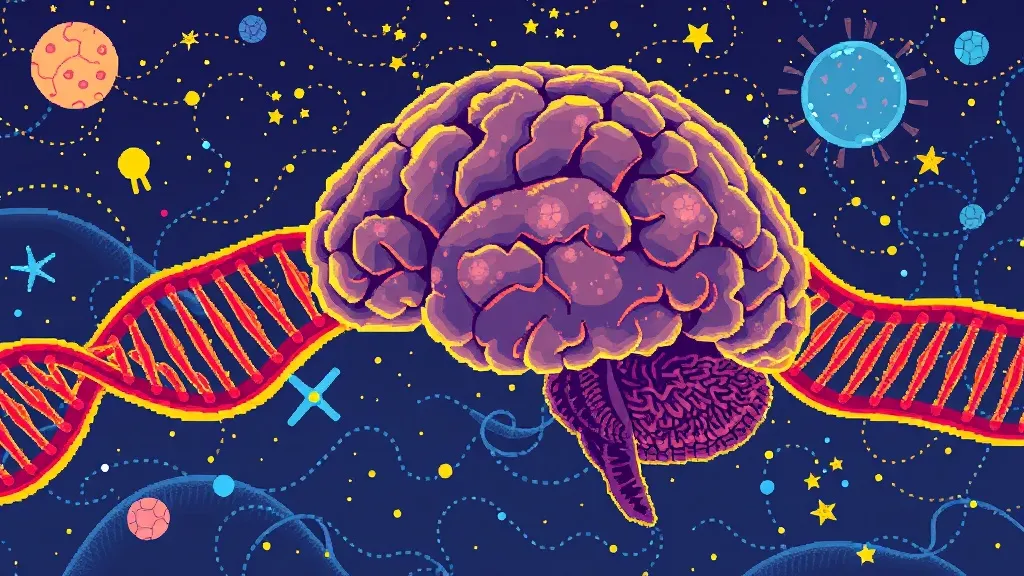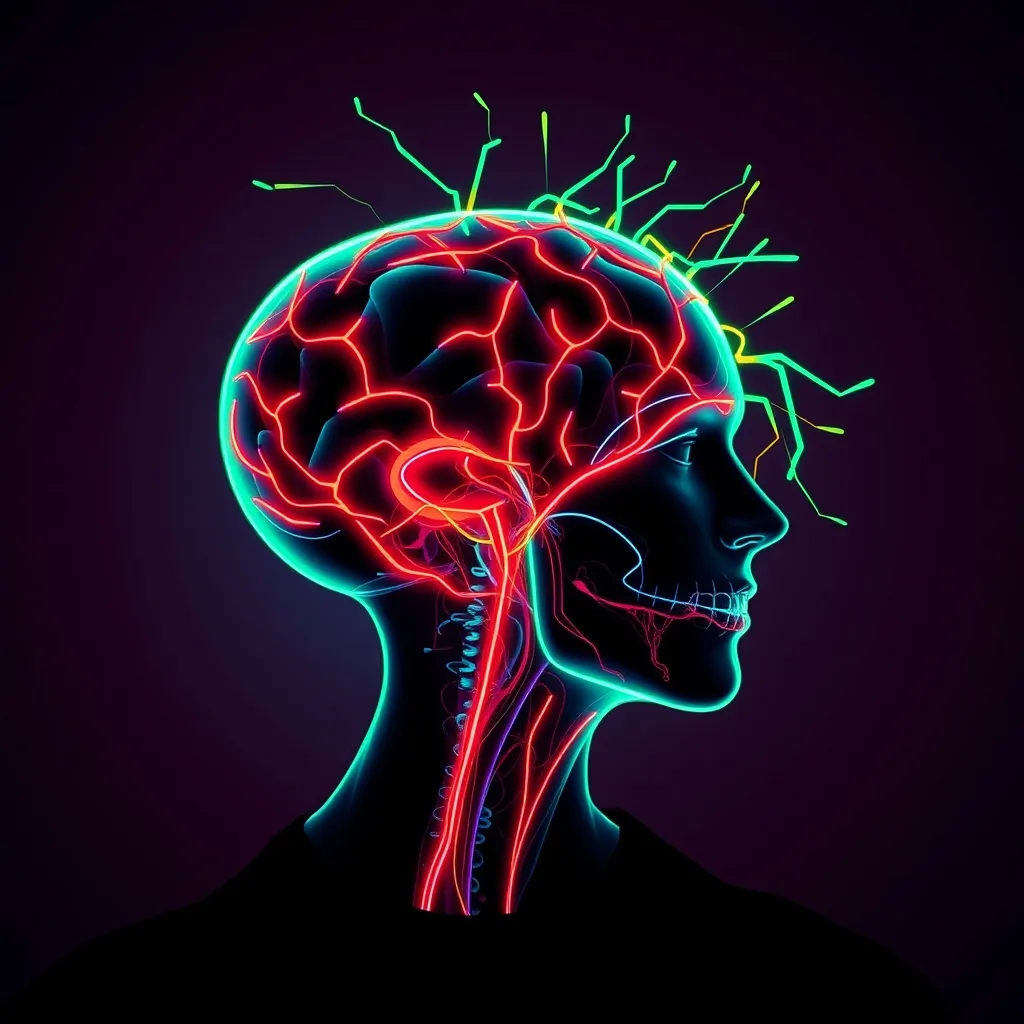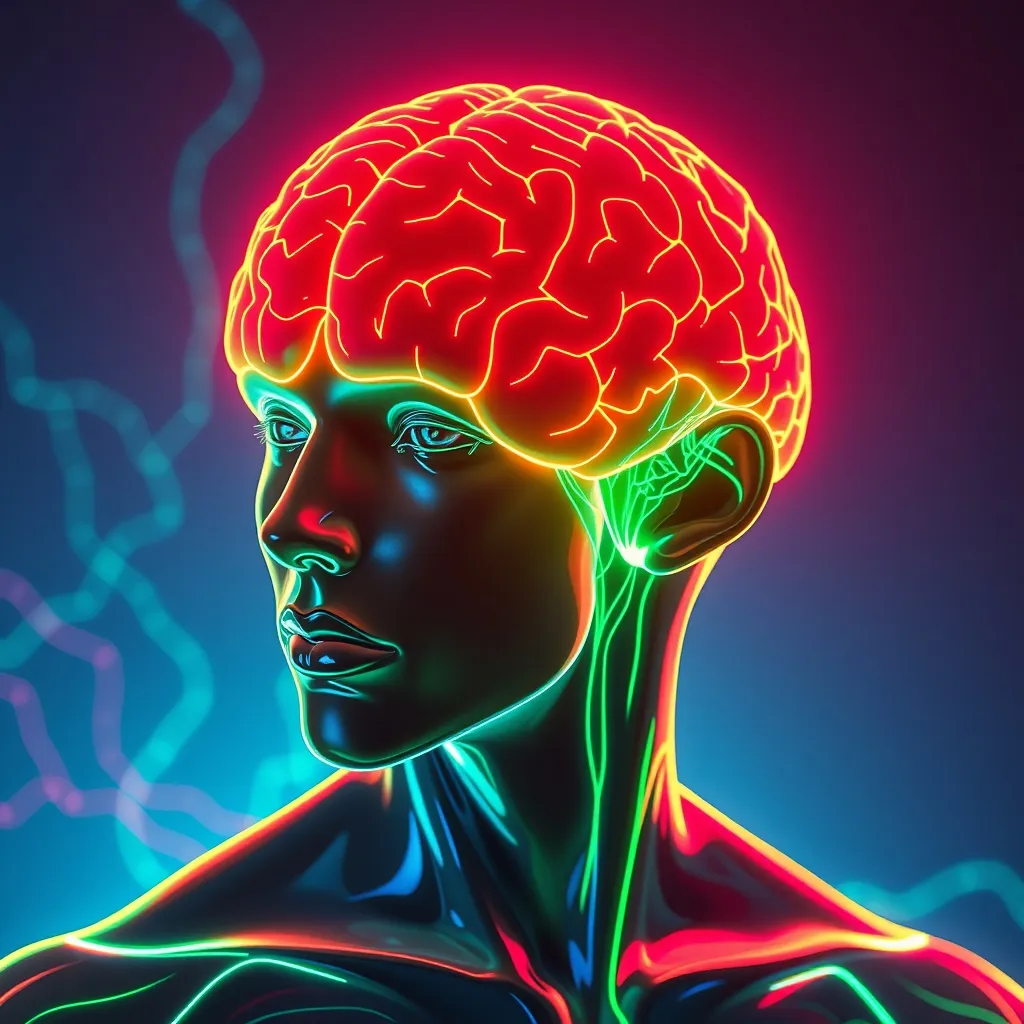Neuroplasticity, the brain’s remarkable ability to reorganize itself by forming new neural connections, has become one of the most significant discoveries in modern neuroscience. As researchers delve deeper into understanding the sleeping brain, a clear link emerges between neuroplasticity and the body’s circadian rhythm. This connection becomes particularly evident when exploring the transformative power of Genetic Learning as a method for sleep regulation and cognitive restructuring.

What is Neuroplasticity?
Neuroplasticity refers to the brain’s ability to adapt its structure and function in response to learning, experience, or injury. This dynamic remodeling allows individuals to recover from trauma, improve cognitive abilities, and, notably, reset dysfunctional sleep patterns. During sleep, the brain consolidates memories, processes emotions, and strengthens synaptic pathways—processes tightly tied to neuroplastic behavior.

Genetic Learning and Sleep
Genetic Learning (GL) is a structured cognitive training system that activates and stimulates brain regions responsible for deep focus and subconscious intelligence. Unlike traditional methods of learning that rely solely on repetition and memorization, GL works by aligning the brain’s automatic systems with its conscious learning centers. This results in improved neurogenesis (growth of new neurons) and increased brain-derived neurotrophic factors such as HBDNF and HBNGF.
These changes directly influence the brain’s internal clock and its ability to initiate and maintain deep, restorative sleep.

How GL Boosts Neuroplasticity
Pattern Recognition Exercises – GL’s matrix training and abstract logic challenges activate dormant neural circuits and accelerate synaptic connectivity.
Sleep-Timed Engagement – Practicing GL exercises in the evening triggers a neurobiological state favorable for sleep initiation.
Emotional Reset – By calming the brain’s overactive fear and stress pathways, GL encourages the relaxation required for sleep.

Supporting Scientific Evidence
Multiple studies have shown that increased neuroplasticity is correlated with:
Enhanced slow-wave sleep (SWS)
Reduced cortisol levels
Elevated melatonin regulation
Higher retention of learning and memory during sleep
Initial user trials within the Genetic Innovation Incubator revealed that over 70% of participants experienced improved sleep quality after just three weeks of consistent GL training.

Real-World Applications
For individuals suffering from:
Insomnia
Sleep disturbances caused by depression or PTSD
Age-related sleep fragmentation
Genetic Learning offers a non-pharmacological, sustainable solution rooted in the brain’s own plasticity.
Conclusion
Neuroplasticity is not just a buzzword—it’s the gateway to healing, learning, and deep sleep. Through Genetic Learning, we can harness the full potential of the brain to regulate sleep patterns naturally. As research continues to evolve, it is becoming increasingly clear that empowering the mind through structured neural stimulation can revolutionize how we sleep and how we live.
Discover More with Sleeping Order
Neuroplasticity, the brain’s remarkable ability to reorganize itself by forming new neural connections, has become one of the most significant discoveries in modern neuroscience. As researchers delve deeper into understanding the sleeping brain, a clear link emerges between neuroplasticity and the body’s circadian rhythm. This connection becomes particularly evident when exploring the transformative power of Genetic Learning as a method for sleep regulation and cognitive restructuring.

What is Neuroplasticity?
Neuroplasticity refers to the brain’s ability to adapt its structure and function in response to learning, experience, or injury. This dynamic remodeling allows individuals to recover from trauma, improve cognitive abilities, and, notably, reset dysfunctional sleep patterns. During sleep, the brain consolidates memories, processes emotions, and strengthens synaptic pathways—processes tightly tied to neuroplastic behavior.

Genetic Learning and Sleep
Genetic Learning (GL) is a structured cognitive training system that activates and stimulates brain regions responsible for deep focus and subconscious intelligence. Unlike traditional methods of learning that rely solely on repetition and memorization, GL works by aligning the brain’s automatic systems with its conscious learning centers. This results in improved neurogenesis (growth of new neurons) and increased brain-derived neurotrophic factors such as HBDNF and HBNGF.
These changes directly influence the brain’s internal clock and its ability to initiate and maintain deep, restorative sleep.

How GL Boosts Neuroplasticity
Pattern Recognition Exercises – GL’s matrix training and abstract logic challenges activate dormant neural circuits and accelerate synaptic connectivity.
Sleep-Timed Engagement – Practicing GL exercises in the evening triggers a neurobiological state favorable for sleep initiation.
Emotional Reset – By calming the brain’s overactive fear and stress pathways, GL encourages the relaxation required for sleep.

Supporting Scientific Evidence
Multiple studies have shown that increased neuroplasticity is correlated with:
Enhanced slow-wave sleep (SWS)
Reduced cortisol levels
Elevated melatonin regulation
Higher retention of learning and memory during sleep
Initial user trials within the Genetic Innovation Incubator revealed that over 70% of participants experienced improved sleep quality after just three weeks of consistent GL training.

Real-World Applications
For individuals suffering from:
Insomnia
Sleep disturbances caused by depression or PTSD
Age-related sleep fragmentation
Genetic Learning offers a non-pharmacological, sustainable solution rooted in the brain’s own plasticity.
Conclusion
Neuroplasticity is not just a buzzword—it’s the gateway to healing, learning, and deep sleep. Through Genetic Learning, we can harness the full potential of the brain to regulate sleep patterns naturally. As research continues to evolve, it is becoming increasingly clear that empowering the mind through structured neural stimulation can revolutionize how we sleep and how we live.
Discover More with Sleeping Order
Share this post
Subscribe to our newsletter
Related posts
Genetic Learning for Children: Building Strong Brains and Better Sleep from an Early Age
Introduction Childhood is the most critical period for brain development. It’s when neural pathways are
The Sleep Architecture Explained: How Genetic Learning Optimizes Each Sleep Stage
Introduction Sleep is not a single state—it’s a cycle made of several distinct stages, each
Chronotypes and Genetic Learning: Tailoring Sleep and Brain Training to Your Internal Clock
Introduction Not everyone is wired to wake up early. Some feel energized at dawn,
For individuals suffering from:
Insomnia
Sleep disturbances caused by depression or PTSD
Age-related sleep fragmentation
Genetic Learning offers a non-pharmacological, sustainable solution rooted in the brain’s own plasticity.
Share this post
Subscribe to our newsletter
Related posts
Genetic Learning for Children: Building Strong Brains and Better Sleep from an Early Age
Introduction Childhood is the most critical period for brain development. It’s when neural pathways are
The Sleep Architecture Explained: How Genetic Learning Optimizes Each Sleep Stage
Introduction Sleep is not a single state—it’s a cycle made of several distinct stages, each
Chronotypes and Genetic Learning: Tailoring Sleep and Brain Training to Your Internal Clock
Introduction Not everyone is wired to wake up early. Some feel energized at dawn,
For individuals suffering from:
Insomnia
Sleep disturbances caused by depression or PTSD
Age-related sleep fragmentation
Genetic Learning offers a non-pharmacological, sustainable solution rooted in the brain’s own plasticity.



